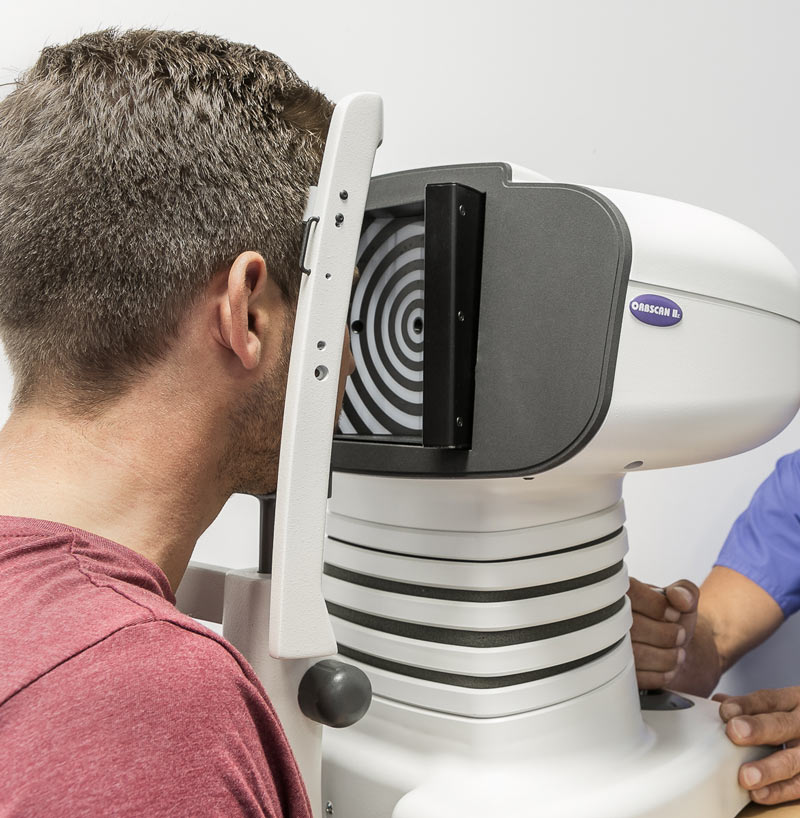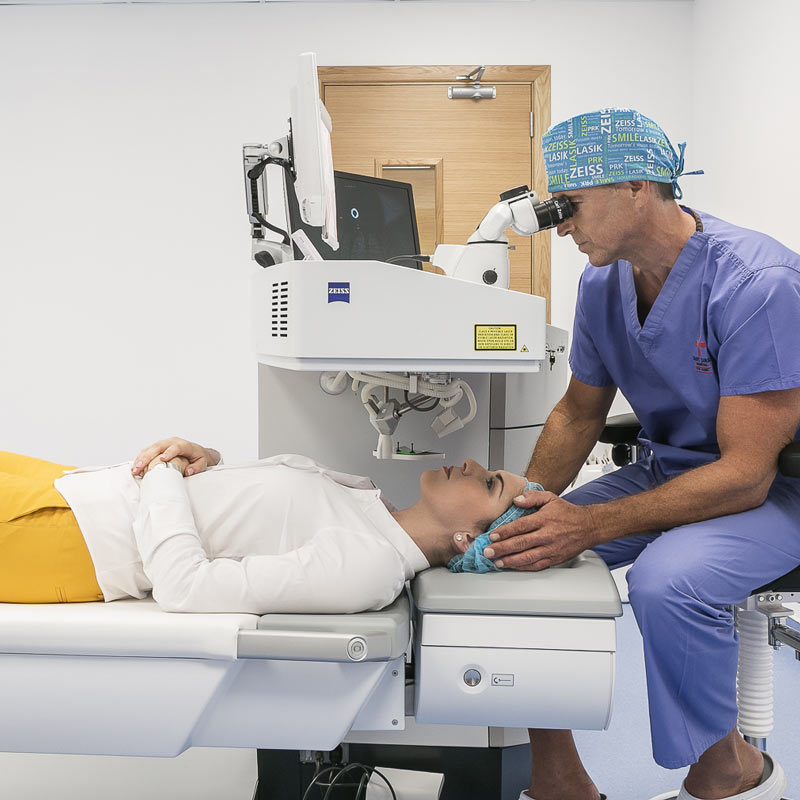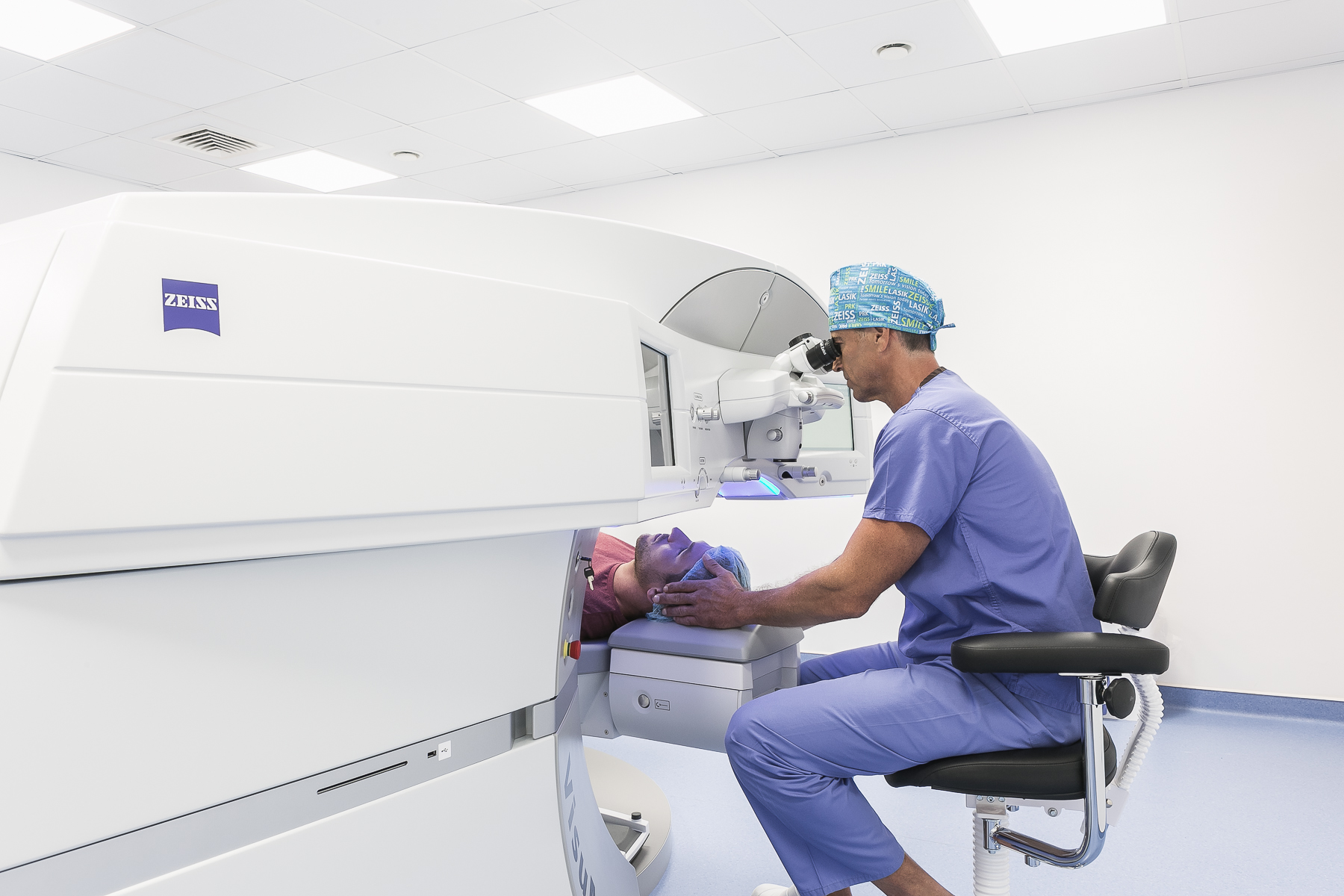At Saint James Eye Clinic, we treat a wide range of patients with various types of vision impairments that might need surgery.
Surgeries are well planned in advance and a treatment plan is made according to your lifestyle. You might be asked several questions relating to your lifestyle and what your expectations are. In this way we can offer you the best visual outcome, considering your age, lifestyle and health status of the eye and in general.
Surgeries are all done under local or topical anaesthesia, however, when required, general anaesthesia is offered, and surgery will be done in one of our local hospitals. All evidence states that local or topical anaesthesia are the safest approach to surgery since complications of anaesthesia is minimal. Should you choose to have general anaesthetic instead, please ensure that your anaesthetist explains well the risks and possible complications.








